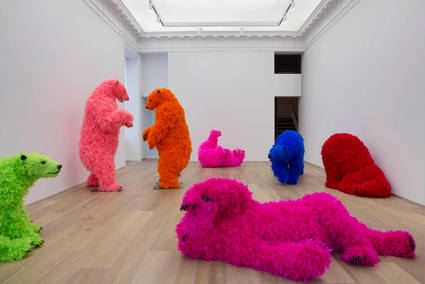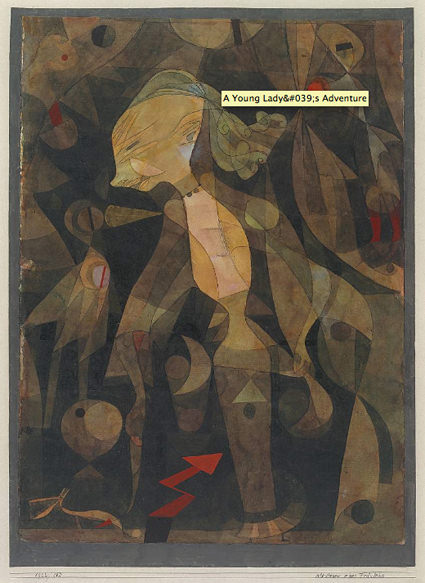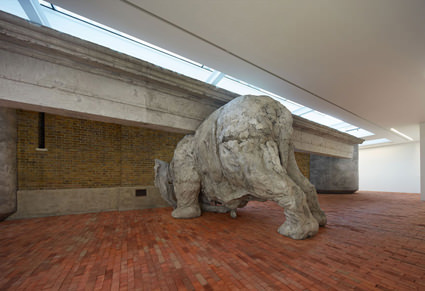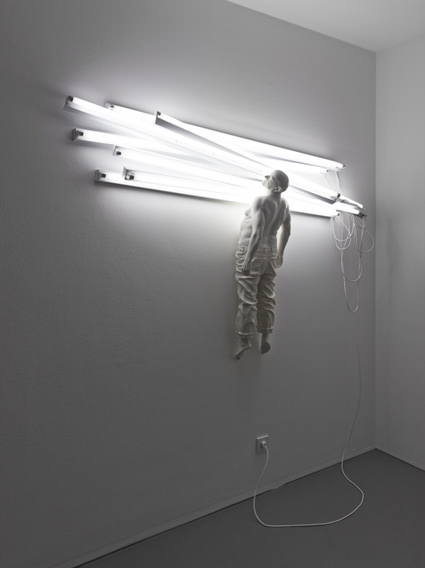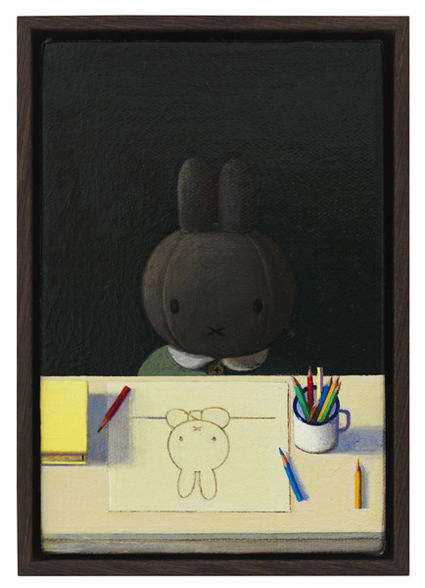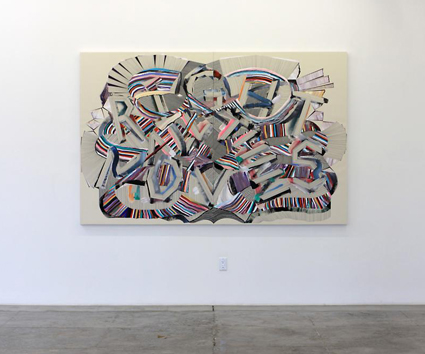PAOLA PIVI
2013-10-14Pivi creates artworks that are disorienting and simultaneously poetic. Though formally different, her work pushes the limit of what can be done in this world as an artwork. Her first comprehensive solo exhibition in the United States will take over both floors of the gallery and feature exclusive new
works. On the ground floor, Pivi will present an installation of eight fantastic creatures. The polars bears will return in Paola’s art! An unexpected performing
sculpture, “Money machine (true blue, baby I love you)” will also be on display on the lower level, evoking the topography of the New York building which was previously a bank and hosted a vault.
Nomadic by nature, Paola Pivi has lived all over the world, including Shanghai, the remote island of Alicudi in southern Italy, and Anchorage, Alaska. She is
presently in India. Pivi first exhibited at Viafarini in Milan in 1995, the same year she enrolled in the Brera Academy of Art in Milan. In 1999, she was co-awarded
the Golden Lion for the best national pavilion (Italy) at Harald Szeemann’s Venice Biennial. For this venue, which featured five Italian artists, Pivi presented “Untitled (airplane)”, an inverted Fiat G-91 airplane resting on its cockpit.
Exhibition runs through to October 26th, 2013
Galerie Perrotin
909 Madison Avenue
NY
10021
New York
USA
